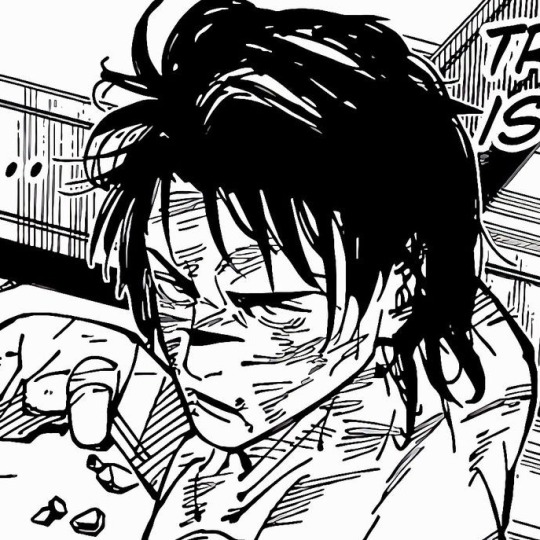

About 30 years ago, scientists started to conduct experiments. Scientists were focused on genetics, evolutions, and were trying to evolve both together into cross species, or cloning species. Extinct animals were brought back, altered. Animals themselves could be cooked up in the lab and released into the wild as a new species. Genetics to scientists were everything. With the need to study all of this, new technology was created. With just one shot, an animal could change within the week. One sample of DNA could be taken with a scanner from afar, then created in the lab. Scientists could take DNA from one animal, and add it to another with just a shot. Technology and science combined to make the impossible, completely possible.
A couple of scientists came up with new theories and equipment for the ultimate evolution and custom genetics. Of course, they couldn't test it on humans first. But they needed a large enough animal that could handle what was to be injected into them. The animal also needed to be high in numbers, with many genetic variations in the gene pool. The scientists decided to use the horse. At first it started with taking the genes needed for certain coat colors, and applying them to other horses. Over a course of two months, a horses coat could change its color entirely. However, these new features weren't permanent and wouldn't pass on to it's offspring. So the scientists became more persistent to perfect what they had started. Now they created technology that could take genetics from one horse, and apply it to another and completely change the new horses genetics. The mares genetics would always be passed on, even if her genetics were altered previously. However, the stallions new and "improved" features from its inserted genes would not. The scientists started playing with the probability of the fathers genes being passed down instead of the mares.
Throughout this time period of about ten years, the scientists were oblivious to the fact that the population of mares was slowing dwindling down. The scientists, while messing with the horses genetics and chromosomes, had somehow made it impossible for a stallion to pass down an X chromosome for a filly. So now, 30 years later in the year of 3075, there is only 5 mares left. The birth of fillies has completely stopped. At first, the scientists didn't care that this was happening. They only decided to try and fix what they had done when they realized their science experiment animals could go extinct without mares. They researched into what they had done, though there is no telling when fillies will start being born again. They moved all the mares into one general location so they can keep an eye on them. For now, all the scientists can do is sit back and wait for what they had done to wear off.
The 5 band stallions are desperately trying to hang onto their prize possession; their mares. Bachelor stallions roam in large herds, under the lead of older stallions. Some break off from the other stallions to try and get a mare on their own. Though some bachelors have become so desperate, they will work with each other and share the mare between the two of them. The whole mountain of horses is on edge.
A couple of scientists came up with new theories and equipment for the ultimate evolution and custom genetics. Of course, they couldn't test it on humans first. But they needed a large enough animal that could handle what was to be injected into them. The animal also needed to be high in numbers, with many genetic variations in the gene pool. The scientists decided to use the horse. At first it started with taking the genes needed for certain coat colors, and applying them to other horses. Over a course of two months, a horses coat could change its color entirely. However, these new features weren't permanent and wouldn't pass on to it's offspring. So the scientists became more persistent to perfect what they had started. Now they created technology that could take genetics from one horse, and apply it to another and completely change the new horses genetics. The mares genetics would always be passed on, even if her genetics were altered previously. However, the stallions new and "improved" features from its inserted genes would not. The scientists started playing with the probability of the fathers genes being passed down instead of the mares.
Throughout this time period of about ten years, the scientists were oblivious to the fact that the population of mares was slowing dwindling down. The scientists, while messing with the horses genetics and chromosomes, had somehow made it impossible for a stallion to pass down an X chromosome for a filly. So now, 30 years later in the year of 3075, there is only 5 mares left. The birth of fillies has completely stopped. At first, the scientists didn't care that this was happening. They only decided to try and fix what they had done when they realized their science experiment animals could go extinct without mares. They researched into what they had done, though there is no telling when fillies will start being born again. They moved all the mares into one general location so they can keep an eye on them. For now, all the scientists can do is sit back and wait for what they had done to wear off.
The 5 band stallions are desperately trying to hang onto their prize possession; their mares. Bachelor stallions roam in large herds, under the lead of older stallions. Some break off from the other stallions to try and get a mare on their own. Though some bachelors have become so desperate, they will work with each other and share the mare between the two of them. The whole mountain of horses is on edge.










.jpg)
.png)

.jpg)
.png)


.png)

